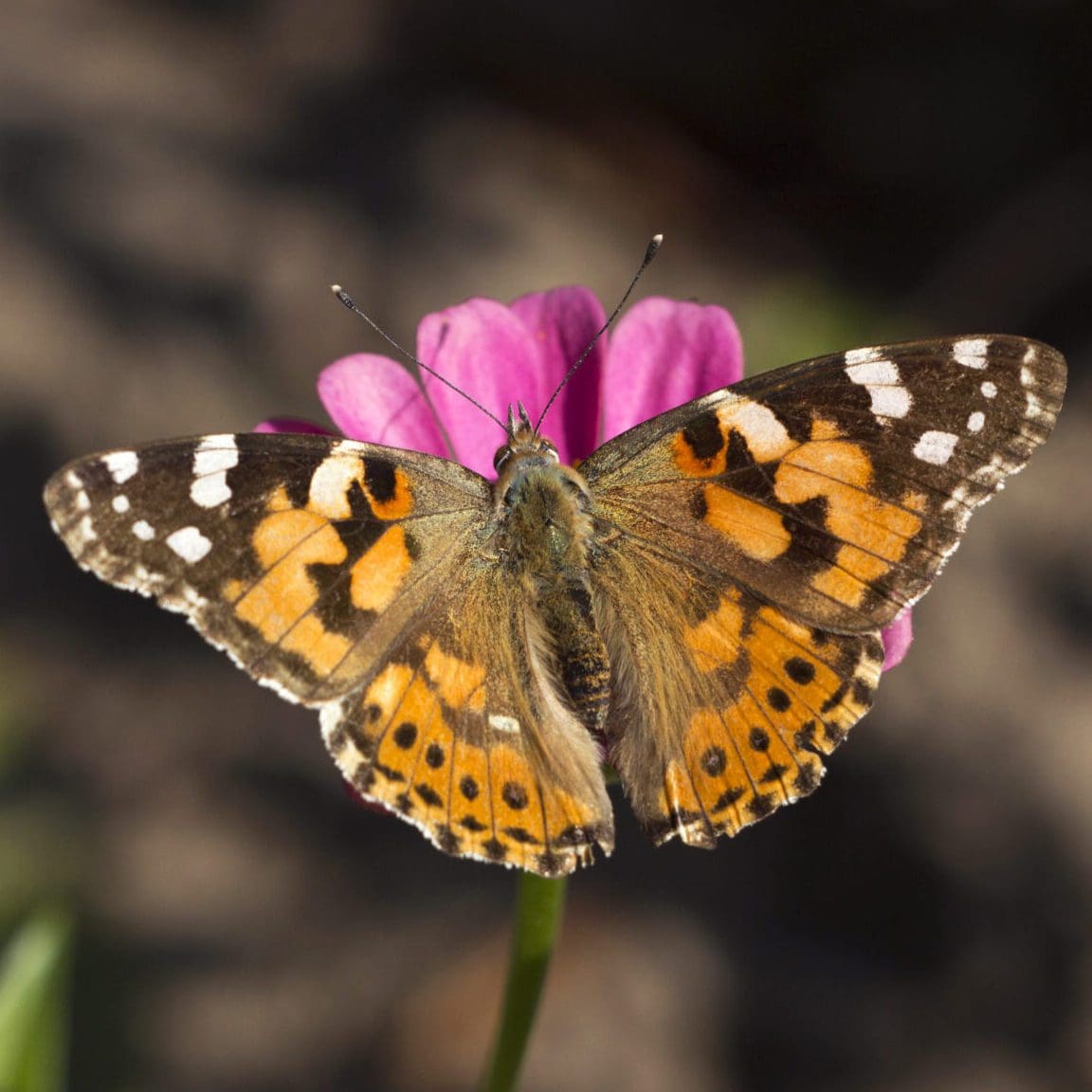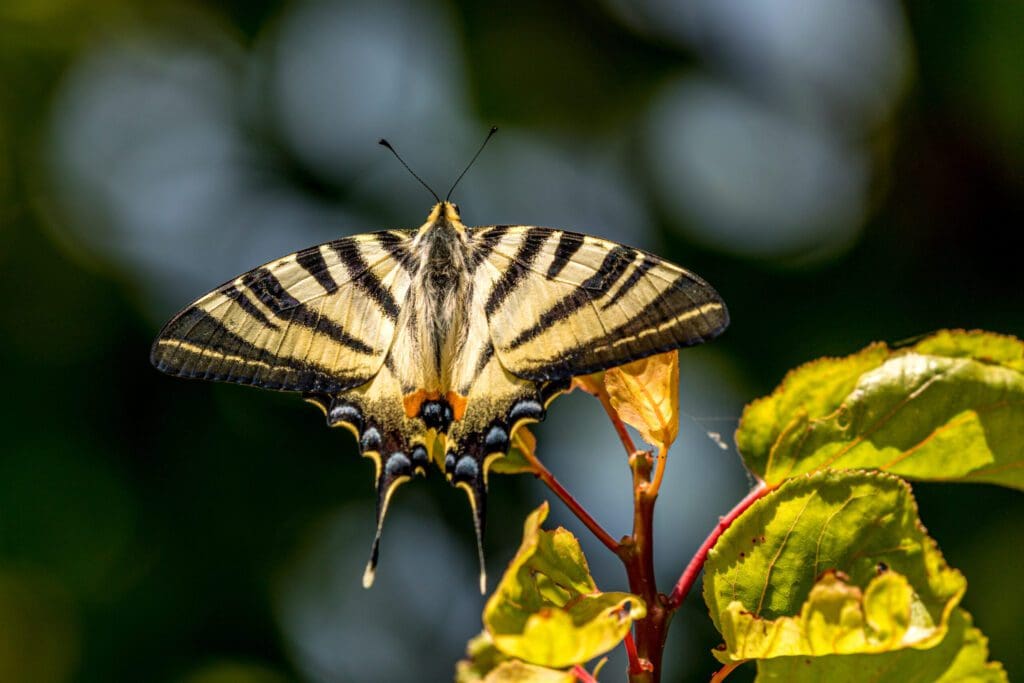

Egg (4 to 10 days)
Females lay their eggs singly on the host plant leaves, preferring to oviposit on host plants near nectar sources. The egg is round and green, later turning yellowish-green with reddish dots.[20] The size of the egg is large for a butterfly, being 0.8 millimeters in height and 1.2 millimeters in width. It takes between 4 to 10 days to hatch
Caterpillar (8 to 14 days)
The caterpillar eats the leaves of the host plant. It will rest on a silk pad on a leaf, with the edges of the leaf folded over itself and held together with silk. The first three instars are brown. A large white spot, known as a saddle, is found on the abdomen. After molting to the fourth instar, the caterpillar becomes green. The swollen thorax has two black, yellow, and blue eyespots. These eyespots are much smaller than those of the similar-looking Spicebush Swallowtail caterpillar. A yellow and black transverse stripe is present between the first and second abdominal segments. It is concealed between the folds of the segments when the caterpillar is at rest. The abdomen is spotted transversely with light blue. Before pupating, the caterpillar will turn dark brown. It will reach a length of 5.5 centimetres. The caterpillar of papilio glaucus is impossible to distinguish from the caterpillars of papilio canadensis.
Chrysalis (7 to 11 days)
The chrysalis measures 3.2 centimetres. It hangs from a surface by a silk girdle around the thorax and a silk pad at the base. The chrysalis varies in color, ranging from off white to dark brown. It is often spotted with green and dark brown. Ligter-colored chrysalids often have a dark lateral stripe along each side of the body. Two horn-like projections are present on the head; one is found the thorax. Papilio glaucus chrysalids can be found in a variety of places, but are commonly found on tree trunks, fence posts, and in ground litter. It hibernates in locations with cold winters.
Butterfly
Eastern tiger swallowtails are diurnal, and are usually solitary. Adults are known to fly high above the ground, usually seen above the tree canopy. Males seek females by patrolling habitats containing the larval host plants. During courtship, the male and female fly about each other prior to landing and mating. The male releases perfume-like pheromones during courtship to entice the female into mating. Adults use a wide range of food sources, most preferring to nectar on sturdy plants with red or pink flowers. Many members of the families Apocynaceae, Asteraceae, and Fabaceae are used as common nectar sources. Males participate in a behavior called puddling, in which they congregate on mud, damp gravel, or puddles. They extract sodium ions and amino acids from these sources which aid in reproduction. Males that puddle are typically fresh, and puddle only for their first couple of days. Females will occasionally puddle, but do not form congregations